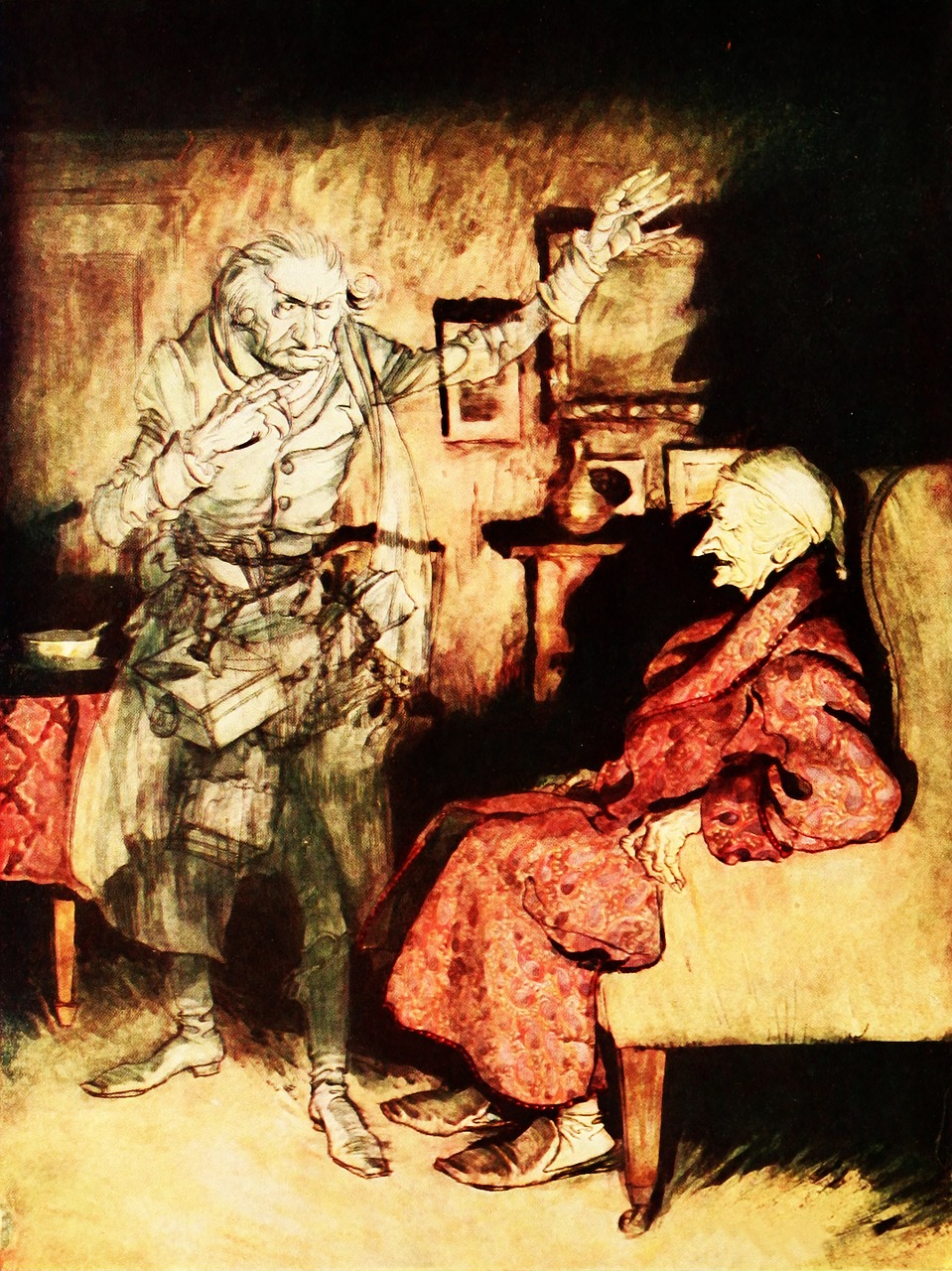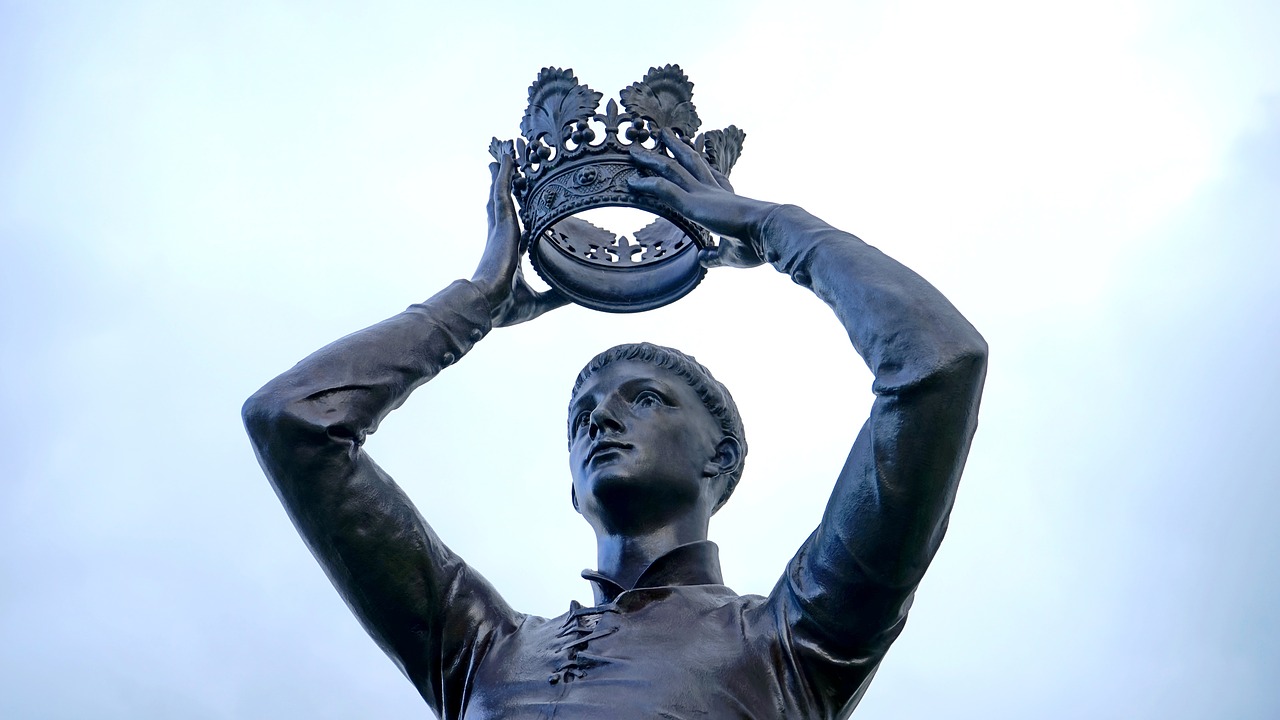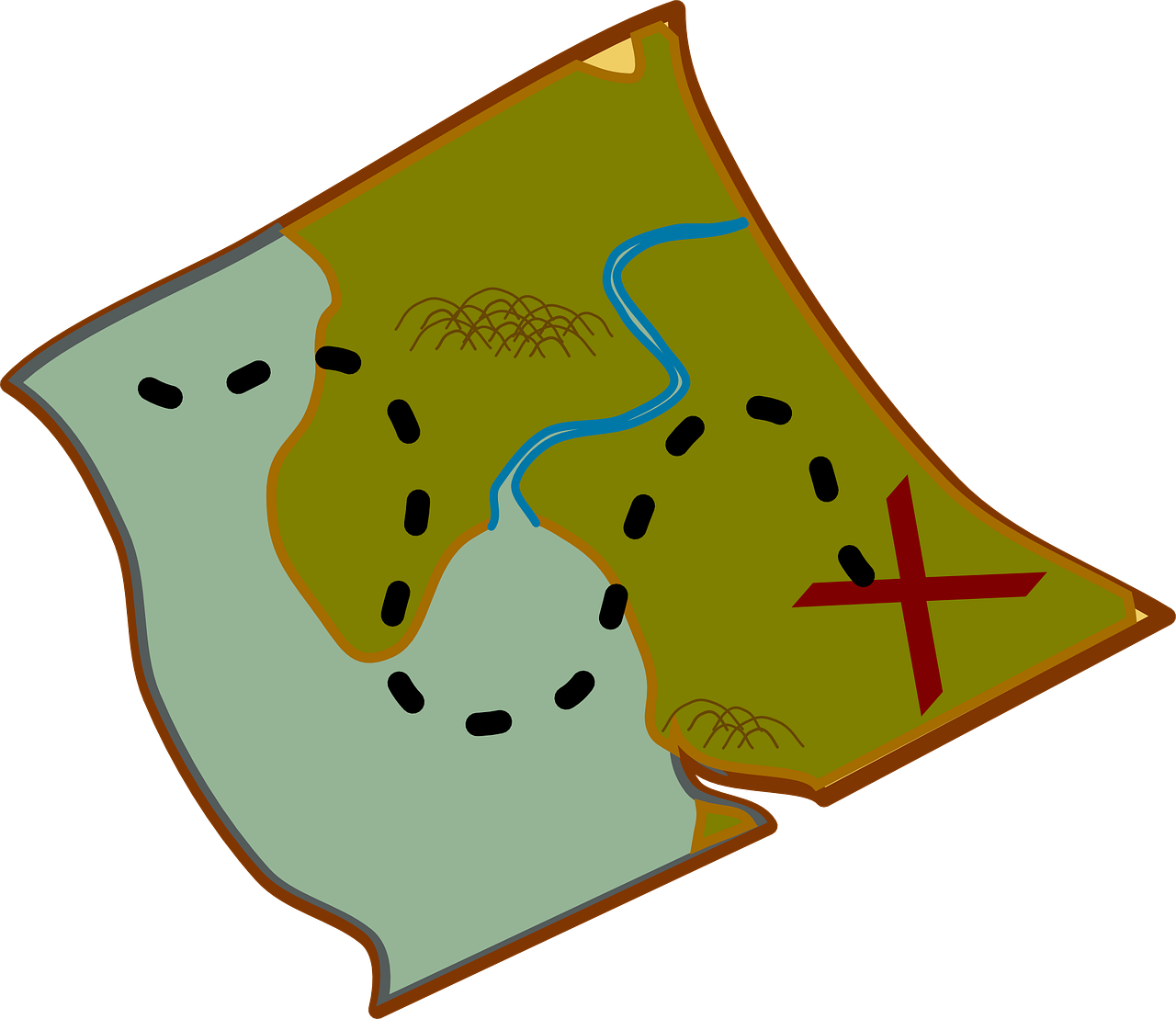0

Basic Plots 7: Rebirth
One version of the tragic story type is close to the seventh and final common basic plot, Rebirth. It is where the hero repents at the last minute . They are too late, nemesis consumes them, all too aware of the mistake they made.
But what happens where it isn’t too late? What if such a hero lives?
Summary
Just like all but one of the seven basic plots, this story develops in five stages. At first glance you may think the middle sections are very similar. Although on one level a lot happens, stasis marks this story-type. Nothing much happens for years or decades. Frustration is absent until something precipitates a crisis.
- The hero falls under a shadow. Sometimes the hero is innocent until something happens that causes this first change of heart.
- The poison takes time to take a hold and perhaps things seem to go well at first. Gradually it takes hold and shows its full effect.
- With darkness full on, the hero experiences total isolation, imprisonment, a living death.
- Something precipitates a nightmare crisis.
- The power of love liberates the hero, who experiences a second change of heart.
From Innocence to Egocentric Obsession
There are three variants at the start of this story-type. They influence the outcome and perhaps our feelings for the hero.
In the first, the hero remains innocent throughout the story. They labour under a dark power that immobilises them. This is common in children’s stories, eg Sleeping Beauty and Snow White. Both these heroes are held in stasis until some external influence brings about change. There are adult versions. One such is Florestan, the hero of Beethoven’s opera, Fidelio. He is imprisoned and Leonora, his wife, takes action to free him. He needs to be released and has no need to repent. Nevertheless, his release is a rebirth.
The second type is where the dark power springs from within the hero’s personality. We meet Scrooge at Christmas, well into stage 3 or 4. We learn during the story the reason why he became a miser. This is the most realistic of the three variants and one businesses should study.
The third variant is where the dark power takes over the hero and turns the hero into a dark figure. Peer Gynt is a well-known example, where he discovers late in life he never escaped the magic of the trolls. Kay, from the Snow Queen, is another example. Neither of these heroes is particularly malevolent, they lead pointless lives.
One constant is the sense of a life lived to no purpose. The hero often looks back to a time of innocence. Perhaps a story on the cusp of tragedy and rebirth is Citizen Kane. He dies with the word “Rosebud” in his lips. We learn as the film progresses that Rosebud represents the last time he experienced happiness.
Slow Build
The point is the sense of constriction. The hero is not necessarily a villain, typically he or she shows little malice towards others. Others may fear or avoid them because they are cold, hard, inured to the feelings of others. They see the world from a mechanistic perspective, they calculate and measure. They don’t appreciate or delight in life.
On one level, they may be successful. Perhaps like Kane, they build a business empire. They pursue pleasure but see no beauty or purpose in what they accumulate. From outside, they appear successful. Within though nothing changes. They care for no-one, not even themselves.
That one word, Rosebud, is the only clue we have that Kane appreciates he took the wrong road and could not find his way back.
Darkness, Isolation and Nightmare
Typically, we encounter this person without feeling at the height of their power. It is not that Scrooge hates Bob Cratchit, he simply doesn’t care, he lacks sympathy or compassion.
Some of these heroes are monsters and do terrible things. But the thing that separates them from the villain in other stories is their lack of malice. They don’t care.
We baulk at Shahryar’s brutal rule. He has power and uses it to rape and murder young women. But we are given his back-story and see what caused darkness to overwhelm him. Modern people perhaps want to see him punished but the story goes in an unexpected direction. If we want to see him punished, if we don’t care what happens to him, does that not make us just like him?
In the end it is just a story and it is what it is. It raises issues for us, it does not tell us what to think. Scherezade could have run him through with a sword. But perhaps her strategy was the only one available to her.
Liberation Through Love
Love precipitates rebirth. Frequently love for a child, a young woman or a dashing young prince. The hero is incomplete until they feel something for someone outside of the world they created for themselves. Scrooge falls for Tiny Tim, who does not die.
Of these three the most interesting is the young woman. A child can make a big difference but is essentially passive. The hero must choose to take care of the child. The young prince belongs solely in fairy stories as far as I am aware. The young woman (who may grow old during the story) is not always passive. Sometimes she takes action to rescue the hero. Indeed, perhaps she becomes the hero. She is the one prepared to love the hero. Think of Gerda in The Snow Queen or Sonia in Crime and Punishment.
Scherezade
Scherezade is a frame story and so gets lost in 1001 other stories. Unlike Gerda and Sonia, she does not know Shahryar. She loves him but cannot possibly feel that way from the start. What is different about her?
She is a young woman and so are all Shahryar’s other victims. How is Scherezade different? She determines not to follow her sisters but to put an end to Shahryar’s reign of terror. We assume his other victims tried every conceivable seductive charm to no avail. Scherezade could see this was not about sex. She was a scholar and so used scholarship to help him rediscover his true self.
She has a plan, assisted by her little sister, who asks for a bedtime story. Maybe the child’s presence made a difference. Maybe Shahryar let Scherezade live out of sympathy for the child and found he was gradually drawn into a world of stories and there rediscovered his true self.
Work-Life Balance
The rebirth story is an arrow aimed at the heart of business. It challenges all business owners to be true to themselves. To remember who they are, as they contemplate their figures and plan the next sale.
It challenges those who know the price of everything and the value of nothing. To ask, what is it that is truly important?
A business person spends 15 years building a successful business, takes early retirement and returns home to a splendid house with a spouse who barely remembers him and a brood of moody Goths. Yes, he provided for them, made sure they could do anything they wished. But is that all his family wanted from him?
It is easy in business to lose track of reality. Seasons come and go and suddenly you are a lot older, wondering what happened to all that time. Success may have happened but under the surface, everything else has been on hold. The faithful spouse complains “we had it all planned, we were going to do so much together but he died.”
How many business people die with “Rosebud” on their lips?
Some business owners tell how they realised time was passing and they no longer wanted to work for others. They longed for freedom to live their lives to the full. Business itself can be a story of rebirth.
Conclusion
These seven common basic plots are not the only story-types but they open up models for stories that work. There’s no need to force your story to fit one of these plots but if you can, find a story that resonates, a story you like, that has meaning. Your story will benefit from the dialogue.
If the rebirth story-type shows us one thing, it is the technical side of business is not on its own enough to bring satisfaction to us or our customers. Remember no-one did business with Scrooge because they wanted to.





